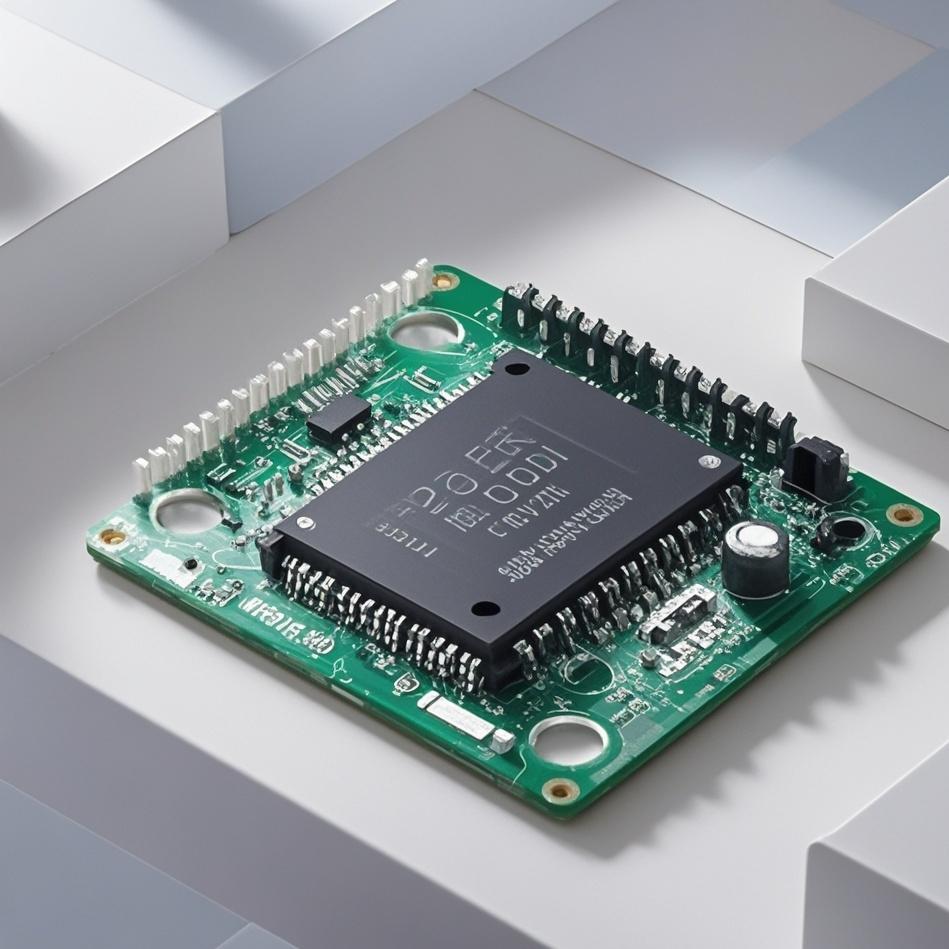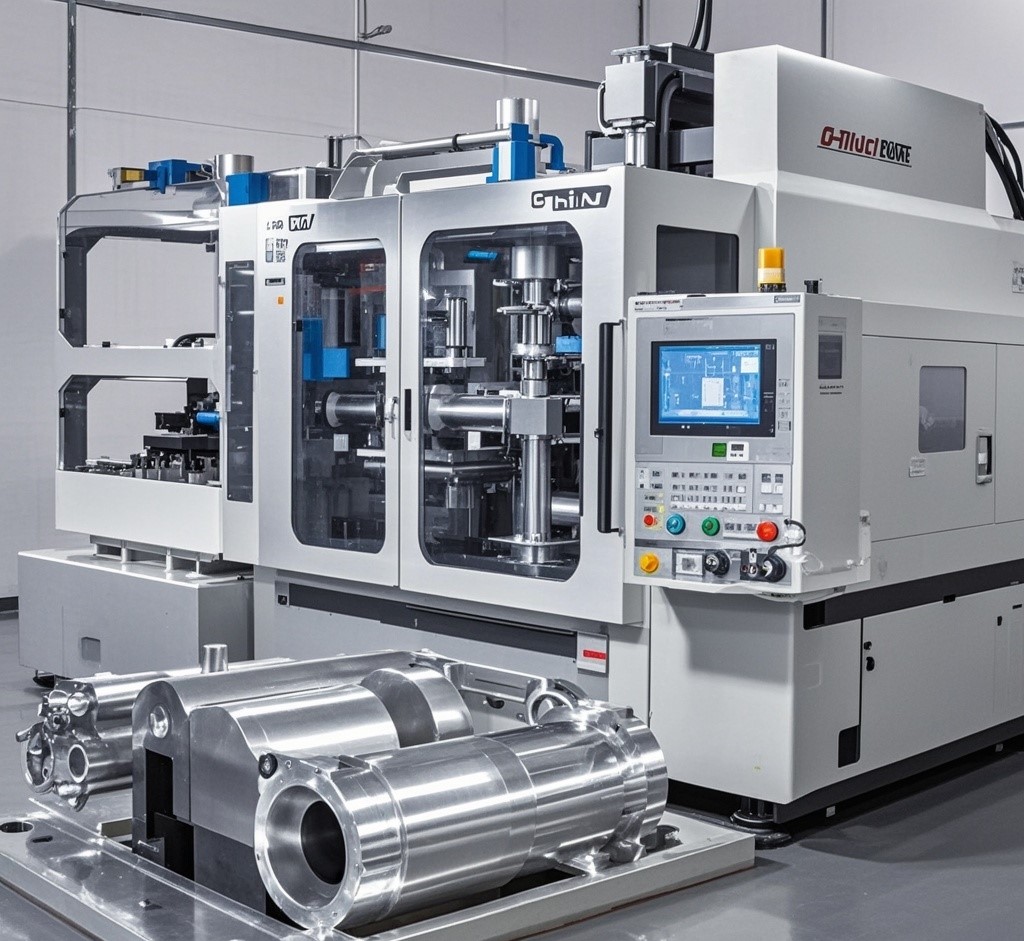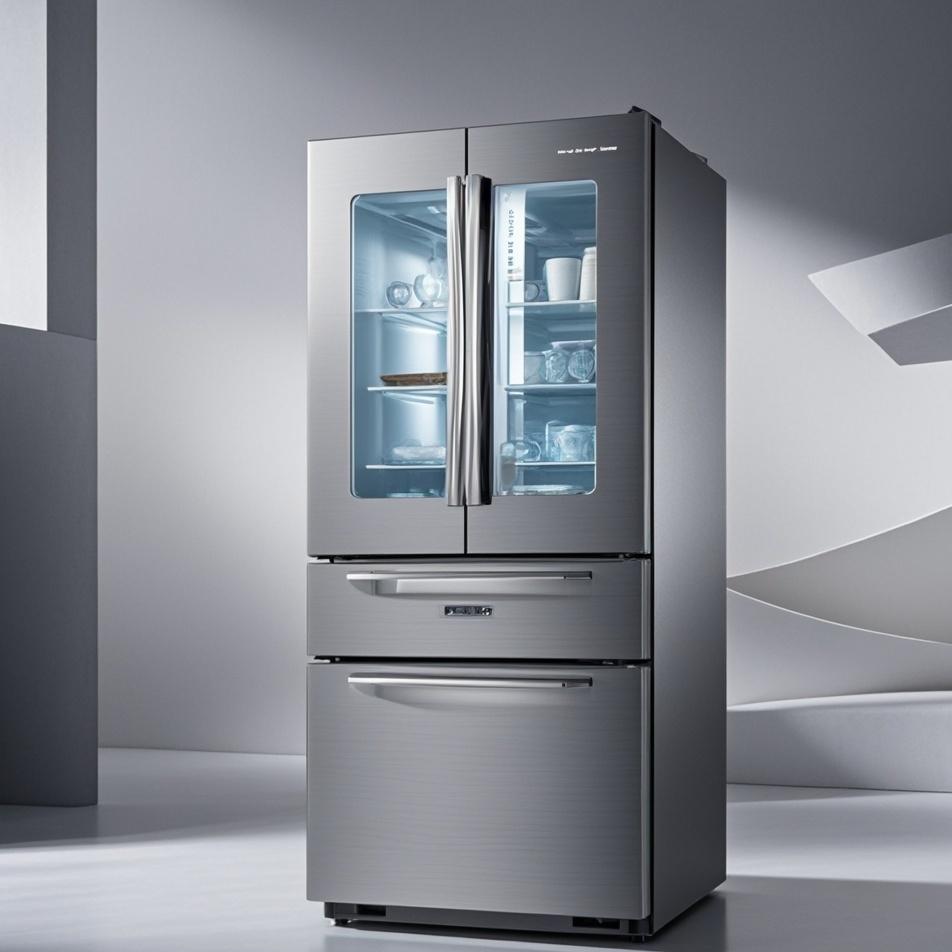Inverter is one of the essential devices in many devices, and many manufacturers are committed to producing inverters. In previous articles, the editor introduced single-phase inverters and grid-connected inverters. In order to enhance everyone's understanding of inverters, this article will explain the sine wave inverter, analyze the difference between sine wave inverters and ordinary inverters, and how to choose a suitable inverter. If you are interested in inverters, you may wish to continue reading.
● Inverter
Inverter is a DC to AC transformer, which is actually a voltage inversion process with the converter. The converter converts the AC voltage of the power grid into a stable 12V DC output, while the inverter converts the 12V DC voltage output by the adapter into high-frequency high-voltage AC; both parts also use the more commonly used pulse width modulation (PWM) technology. The core part is a PWM integrated controller. It has an error amplifier, a regulator, an oscillator, a PWM generator with dead zone control, a low voltage protection circuit and a short circuit protection circuit.

● Overview of sine wave inverter
Sine wave inverter is widely used in various places that require emergency backup power supply, such as microcomputer systems, communication systems, home use, aviation, emergency, communication, industrial equipment, satellite communication equipment, military vehicles, medical ambulances, police cars, ships, solar energy and wind power generation, etc., and can form EPS emergency power supply system. The performance is as follows:
1. Pure sine wave output, suitable for TV sets, refrigerators, induction cookers, electric fans.
2. Microwave ovens, air conditioners and other household appliances use microcomputer (CPU) control technology with superior performance.
3. Ultra-wide input voltage range, high-precision output, fully automatic voltage regulation.
4. Built-in overload, short circuit, overvoltage, undervoltage, overtemperature and other protection functions, high reliability.
5. Simple and clear LED display, which can be upgraded to a comprehensive digital LCD display, convenient for observing the machine status.
6. The power supply time can be arbitrarily configured according to different requirements.
7. It uses valve-controlled maintenance-free lead-acid batteries, intelligent battery management, overcharge, over-discharge protection, and extends the battery life.

● What is the difference between a sine wave inverter and an ordinary inverter?
1. Pure sine wave inverters are suitable for any inductive load and resistive load. Inductive loads include various equipment with AC motors, refrigerators, washing machines, etc. Square wave and modified wave inverters are suitable for resistive loads such as lighting, watching TV, and electric heaters. Pure sine wave inverters need to add a controllable boost function in the later stage for electric fishing, which will be very expensive.
2. Pure sine wave inverters have strict functional parameter requirements and high prices. They are used in electronic circuits with high waveform parameter requirements; general inverters are hybrid waveforms of sine waves, square waves, and clutter. They can be used for general electrical appliances and are relatively cheap.
3. The difference between a pure positive wave inverter and an inverter is that the output voltage waveform is different. A pure positive wave inverter is suitable for all electrical appliances, while a general inverter is suitable for pure resistance appliances such as electric furnaces.

● How to correctly choose an inverter
The so-called inverter is to convert DC power into AC power so that the output current meets our requirements. Inverters can be divided into square wave inverters, modified wave inverters, and sine wave inverters according to the waveform; they can be divided into grid-connected inverters and off-grid inverters according to whether they are connected to the power grid.
●How to choose the inverter you need?
IDEALPLUSING suggests that you can choose according to the following methods.
First, whether the inverter you need is to connect electricity to the national power grid. If not, it is an off-grid inverter;
Second, what is your load? If it is an inductive load, you must choose an inverter with a power 2-3 times that of the load power;
Third, whether there are strict requirements for the inverter waveform. If there are strict requirements for current, you must use a sine wave inverter. The harmonics generated by the square wave inverter are relatively serious and the power loss is large.






